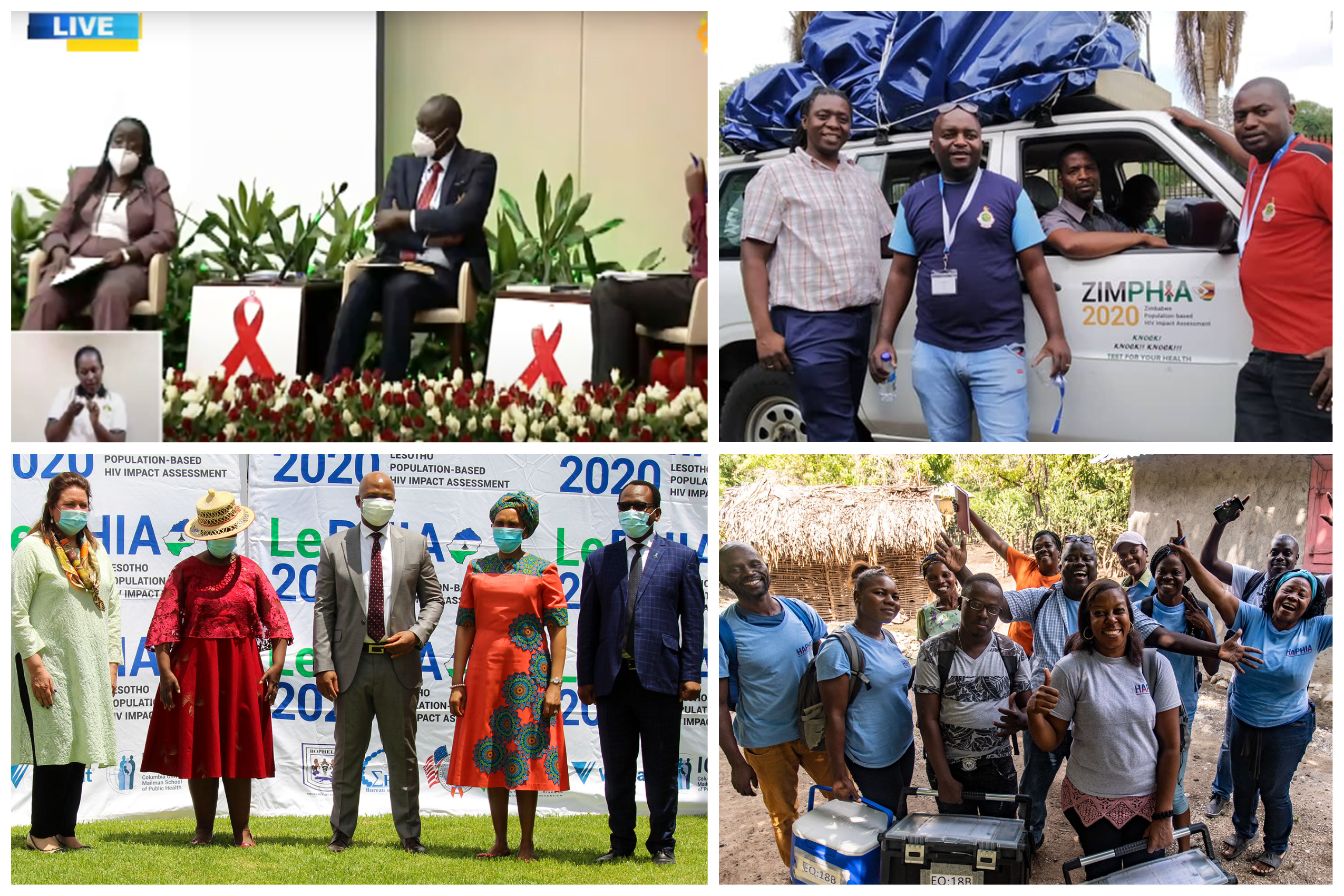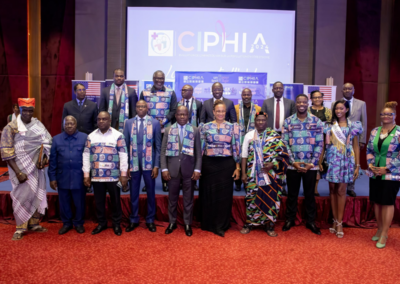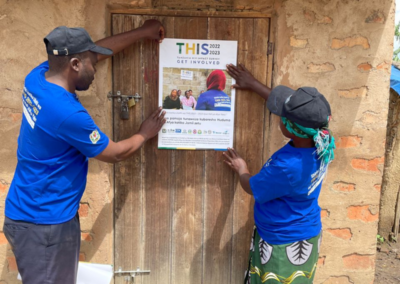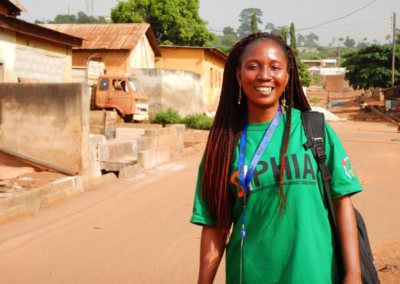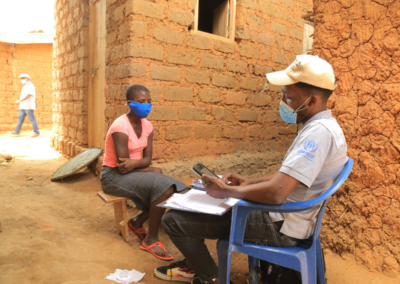Today, in the midst of the coronavirus pandemic, the global community comes together to chart how far we have come towards achieving HIV epidemic control and to reflect on the challenges that lie ahead. This World AIDS Day is particularly remarkable as it marks the goal for achieving the 2020 UNAIDS 90-90-90 targets. If achieved, these critical milestones will serve as goal posts for achieving HIV epidemic control by 2030.
Since 2014, the Population-based HIV Impact Assessment (PHIA) Project has provided accurate estimates on the status of the epidemic in countries around the world. These large-scale general population surveys have been led by each country’s Ministry of Health, with funding from the US President’s Emergency Plan for AIDS Relief (PEPFAR) through the US Centers for Disease Control and Prevention (CDC) with technical support from ICAP at Columbia University (ICAP).
This year, the PHIA project has released reports for national surveys in Kenya, Ethiopia, Rwanda, and Zimbabwe, along with several publications using PHIA data. Despite a pause in survey activities due to COVID-19, PHIA teams have safely resumed survey activities in Malawi and Uganda with data collection completed in Haiti and preparations underway to begin new surveys in Mozambique and Eswatini in 2021.
Preliminary findings from two recently conducted PHIA surveys were released this World AIDS Day. The second Zimbabwe Population-based HIV Impact Assessment survey (ZIMPHIA 2020) found that 86.8% of adults living with HIV were aware of their status and of those aware of their status, 97.0% were on antiretroviral treatment (ART). Among those on treatment, 90.3% achieved viral load suppression. As Zimbabwe continues to expand its HIV testing and treatment services, it is on track to achieve the UNAIDS target of HIV epidemic control by 2030.
In Lesotho, Her Majesty Queen ‘Masenate Mohato Seeiso shared the preliminary findings from the second Lesotho Population-based HIV Impact Assessment (LePHIA 2020) survey which was conducted between December 2019-March 2020. Despite having one of the highest HIV prevalence rates in the world, Lesotho has demonstrated excellent progress in testing, diagnosis, and sustained treatment of HIV among its adult population. Final survey results will be publicly available in early 2021.
“The latest results from the PHIA Project demonstrate how far countries have come in improving access to testing and treatment through concerted efforts and remarkable commitment, as well as also pointing to some remaining gaps – by region, age group, sex, or sub-population,” said David Hoos, MD, MPH, ICAP’s PHIA Project Director.
As part of its official World AIDS Day observation, the Government of Rwanda held a panel discussion to delve into the final report of the Rwanda Population-based HIV Impact Assessment (RPHIA), released today. With insight from the technical leadership of Rwanda Biomedical Centre, CDC, ICAP, the panelists acknowledged Rwanda’s achievements in achieving ‘84-98-90’ for the 90-90-90 90 targets, respectively. The final report also shared the first national estimates of acute or chronic hepatitis B and hepatis C antibodies among adults, with 2% having acute or chronic hepatitis B and 1.2% having past or current hepatitis C.
“ICAP is deeply committed to supporting general population and other types of surveys in order to serve as a blue print for countries as they advance their HIV response,” said Wafaa El-Sadr, MD, MPH, MPA, ICAP’s Founder and Global Director. “Now, more than ever, accurate data are needed to guide policies, programs, and funding decisions.”






